Driveways have issues: cracks and settlement from ground movement, surface wear, drainage- it will and can happen. Murphy’s Law right? Driveways wind and slant this way and that, but sometimes they don’t drain well, especially if they were created on hillsides. Cars, weather, people, nature-you name it and it will decay it. right Either way, we need driveways. We need places to park our cars, and still want to make sure that the end of the driveway is not pooled with water, or starts cracking and dropping from what nature’s wear and tear hits it with.
Driveways in San Rafael and the Bay Area on hilly slopes need to be constructed and drained properly or they can result in slides or settlement and those are expensive problems. Construction is a big job, but if a contractor that specializes in structural work and knows how to build on hillsides is put on the job then San Rafael driveway repair will be done accurately. Besides new driveways, construction in San Rafael driveway repair can also involve using piers, tiebacks, retaining walls earth retention and drainage techniques. Walls provide lateral support to not only houses, but to driveways located on hillsides. In the Bay Area, retaining walls are made first by drilling or excavating, setting steel posts or rebar, pouring concrete, casting concrete walls or installing lagging pressure treated timber and more. These walls are for one thing, to create a border and strength to help structurally support driveways and maintain their location and height without further movement.
It’s Not Just Concrete That Makes A Road or a Driveway-It’s Also A Retaining Wall
These walls are critical, and their use and the construction of them go back millennia -archeologists find them scattered across ancient cultures. Why do driveways need properly designed and engineered retaining walls and drainage? For one, building a driveway with correct drainage means calculating slopes and sizing drainage systems properly to handle the amount of water that will be collected. Get it wrong and you will have flooding, pooling and ponding problems and can even have the water undermine your driveway. Improperly install a retaining wall and it can deflect or even fail, ruining your driveway and costing even more to fix. Hilly challenges persist across San Rafael and Marin County, and locating a contractor who can properly construct or repair a concrete driveway or retaining wall can be difficult. Look for experience and expertise and ask to see what they have already built. If you are in the suburbs or a city, with a modest house or a larger estate, you may need these types of services.
Of course there are other considerations, or rather other types of materials that are used to build driveways. For instance, many use asphalt because it’s a lower-priced option then concrete and can be used on flat ground, or on hillsides where the ground has already been properly supported. Driveways in the local San Rafael area and the Bay Area are always in need of repair because they have wear and settlement.
How To Stop A Driveway From Collapsing
The support system for a San Rafael or Marin County driveway on a hillside needs to be heavily structured and set in place to prevent a driveway from collapsing in the first place. Asphalt driveways should always be laid over a base of crushed rock on solid ground that will not settle later. If the ground isn’t firm enough, it may need to be excavated and re-compacted first before the base rock and asphalt are put down.
Erosion, undermining, cracking and settlement usually happen because whoever constructed the driveway in the first place did so inadequately. Improper or inadequate drainage can cause a collapse, as can a broken buried pipe. In some cases it may even be due to a sinkhole, unstable marshland, seismic activity or simply hillside erosion. Contact your local San Rafael driveway experts to help you today.
For more information, log on to acreagelife.com.

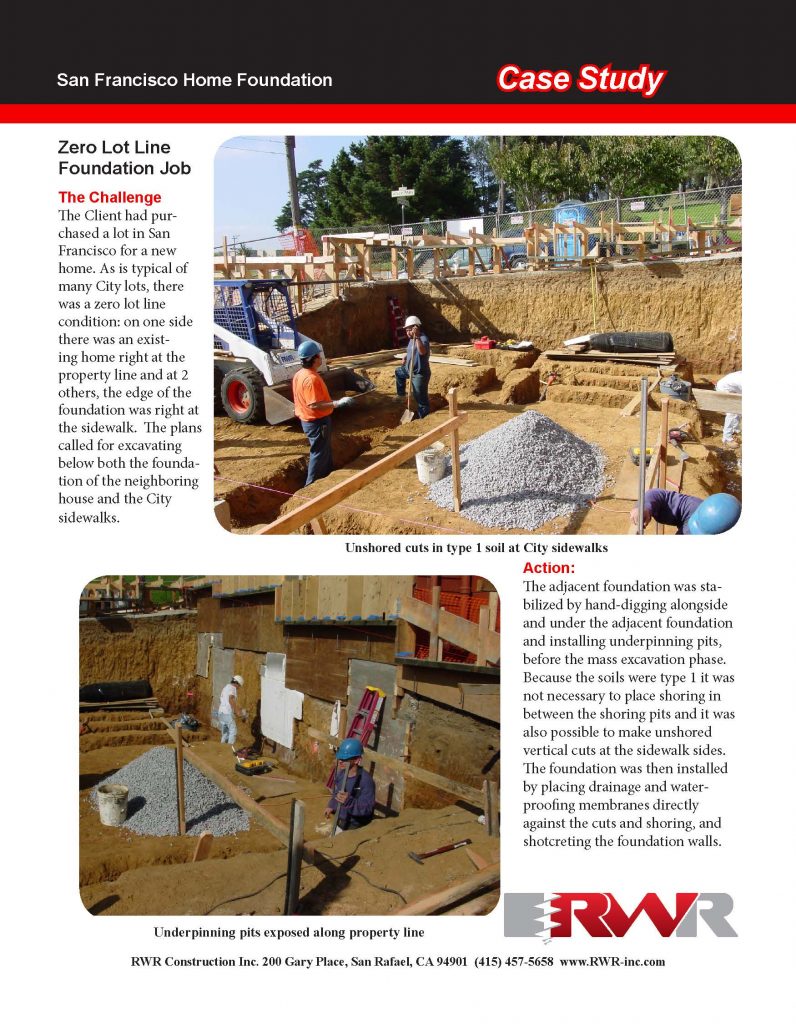
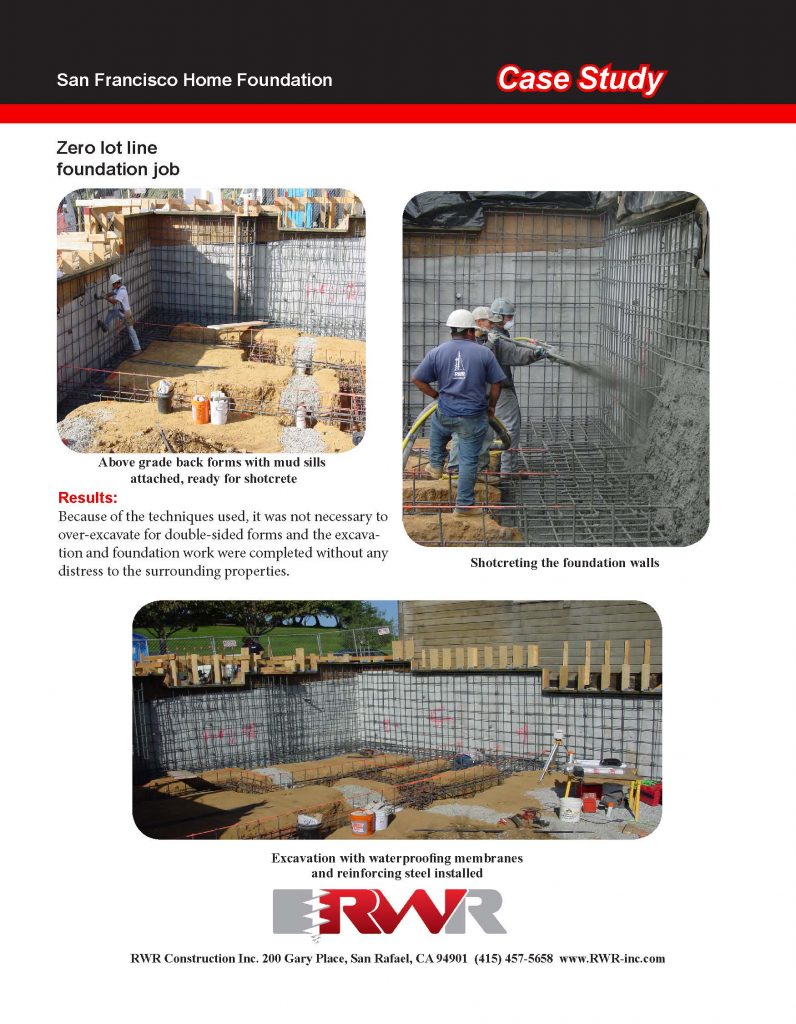
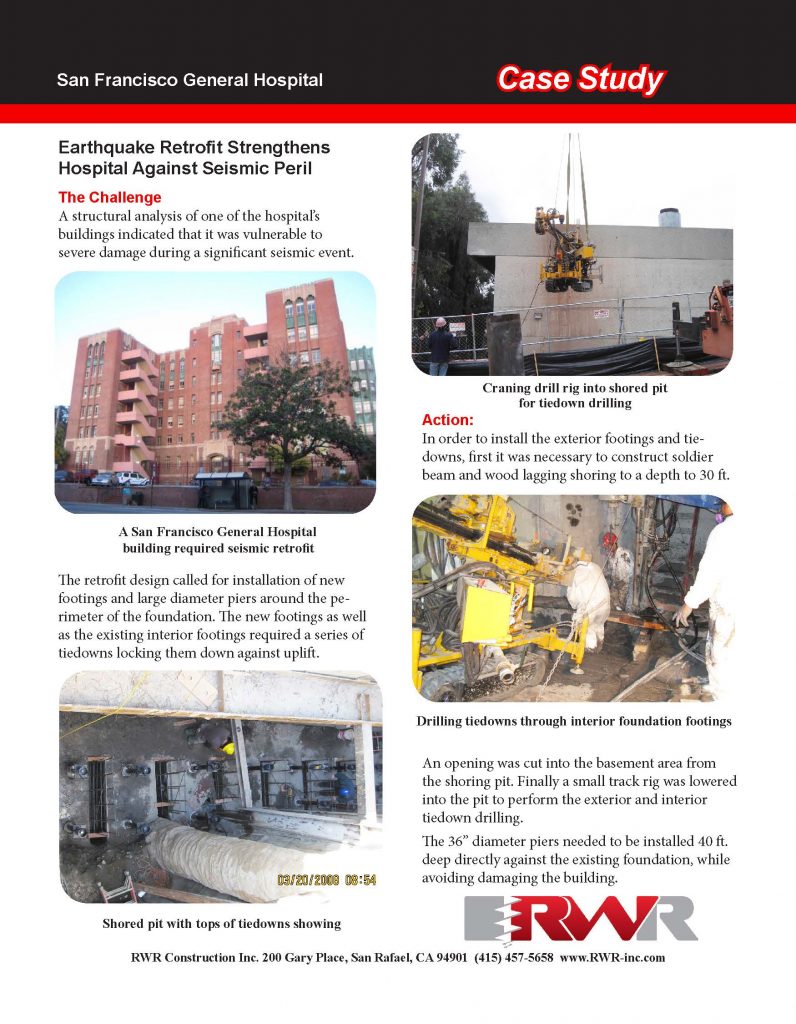
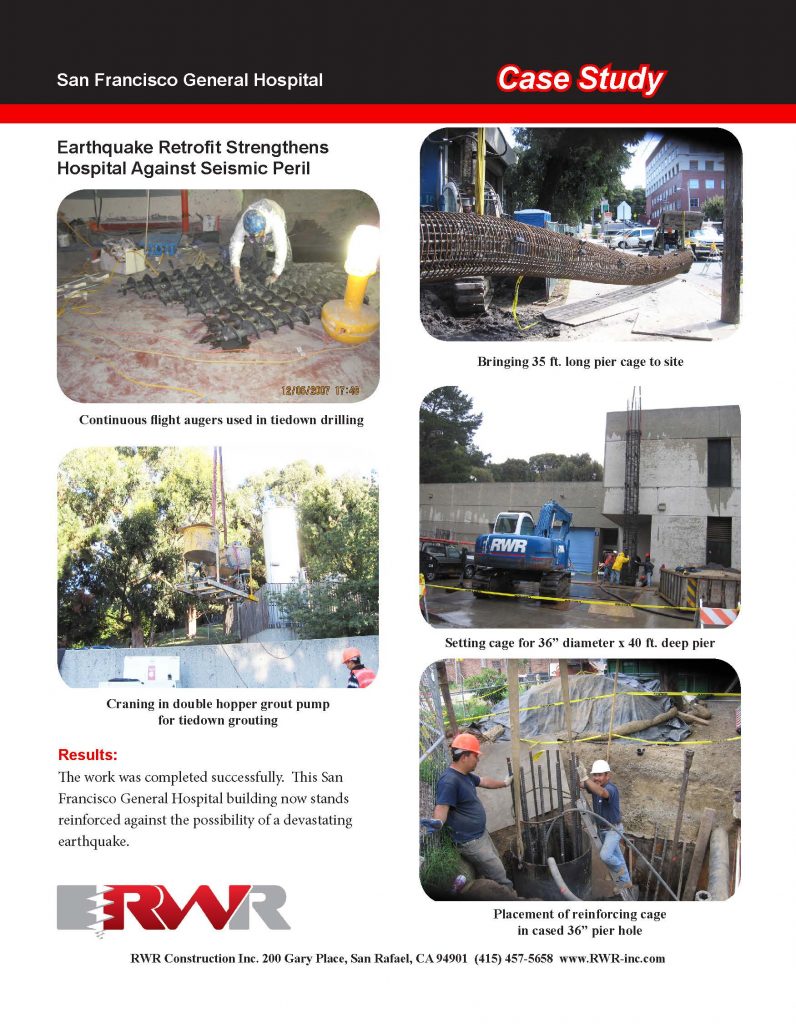
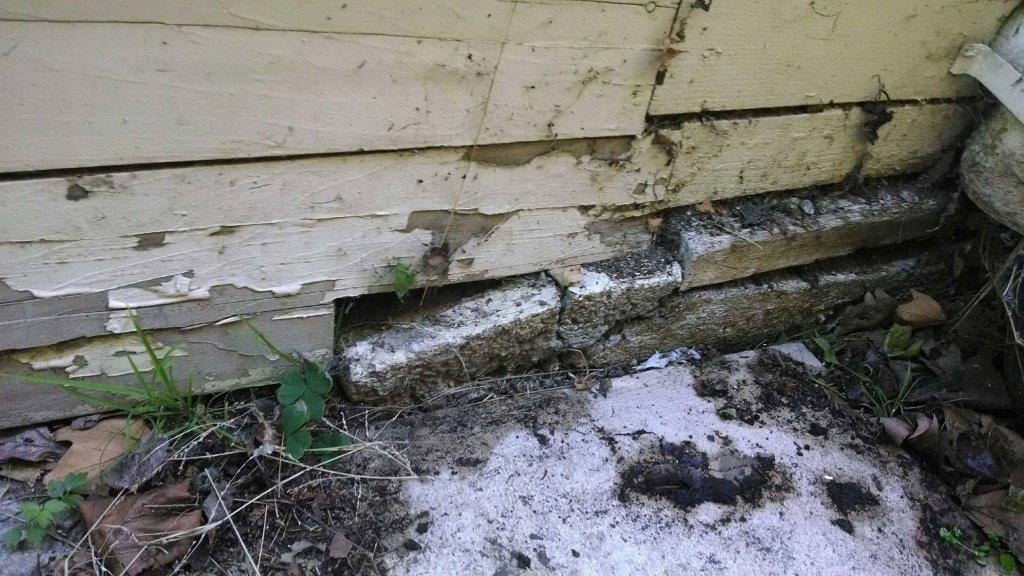
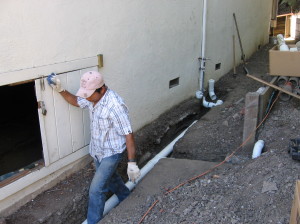 The system that collects and drains rainwater and subsurface water from a property is called a drainage system, while sewers collect waste from toilets, sinks and showers.
The system that collects and drains rainwater and subsurface water from a property is called a drainage system, while sewers collect waste from toilets, sinks and showers.